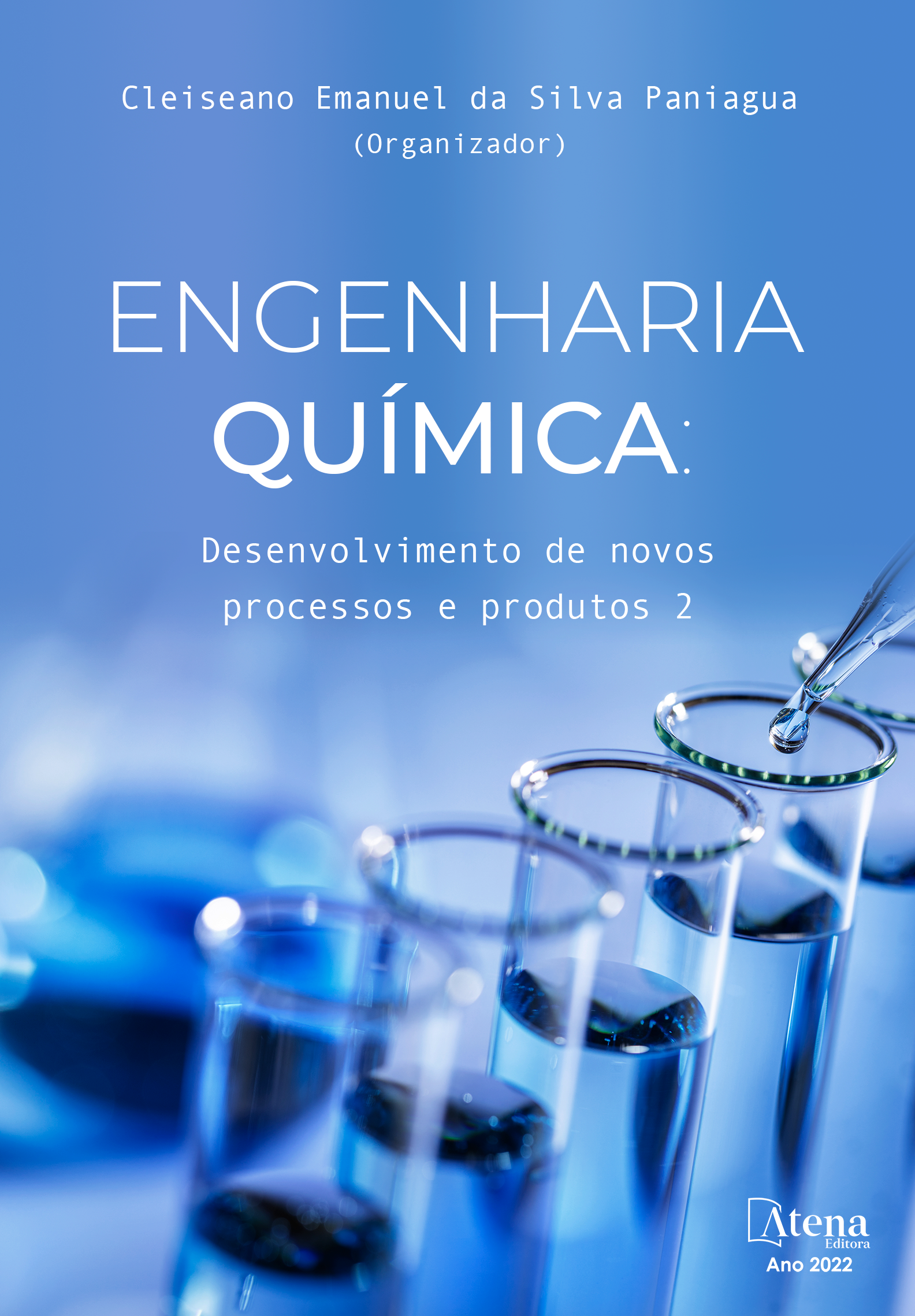
PROJETO DE UM SISTEMA DE VENTILAÇÃO E CONDICIONAMENTO DE AR UTILIZANDO MEIOS FILTRANTES DE NANOFIBRAS
Uma das maiores preocupações sanitárias na atualidade é a contaminação por inalação de partículas ultrafinas. A solução para a mitigação deste risco encontra-se em parte nos sistemas de ventilação e condicionamento de ar (HVAC, de Heating, Ventilating and Air Conditioning). No presente trabalho, foi realizada uma análise dos parâmetros de projeto de um sistema HVAC composto por meios filtrantes de nanofibras de álcool polivinílico (PVA). Considerou-se uma sala contendo uma fonte de dispersão de gotículas de saliva com nanopartículas virais (SARS-COV-2). A sala também recebia partículas MP2,5 (Material Particulado com diâmetro inferior a 2,5 µm) do ambiente externo. Além dos filtros principais, foi considerado um filtro auxiliar com base no conceito de Minimum Efficiency Reporting Values (MERV). Foi utilizada como variável chave de análise a energia necessária para a ventilação da sala através da potência de ventiladores. Assim, foi possível atribuir uma estimativa de qual conjunto de filtros seria mais econômico em termos energéticos, visto que meios filtrantes de nanofibras não apenas possuem alta eficiência de coleta, como também alta queda de pressão. Verificou-se que o sistema mais econômico atingiu uma concentração de partículas abaixo do limite recomendado pela Organização Mundial de Saúde (OMS) após 167 minutos de operação. Este sistema requereria uma potência de 8 W considerando-se apenas a queda de pressão dos meios filtrantes limpos. Utilizando a metodologia empregada, foi possível obter um sistema que aliou relativo baixo consumo energético com a obtenção da concentração de aerossol em ambientes internos recomendada pela OMS.
PROJETO DE UM SISTEMA DE VENTILAÇÃO E CONDICIONAMENTO DE AR UTILIZANDO MEIOS FILTRANTES DE NANOFIBRAS
-
DOI: 10.22533/at.ed.1182212081
-
Palavras-chave: HVAC. Nanopartículas. Filtração de Ar. Electrospinning. Nanofibras.
-
Keywords: HVAC. Nanoparticles. Air Filtration. Electrospinning. Nanofibers.
-
Abstract:
One of the biggest health concerns at present is the contamination with ultrafine particles through inhalation. The solution for the mitigation of this hazard is partially found in HVAC (Heating, Ventilating and Air Conditioning) systems. In this work, design parameters of an HVAC system composed of filter media made of polyvinyl alcohol (PVA) nanofibers were analyzed. It was considered a room with a source of saliva droplets containing viral nanoparticles (SARS-COV-2). The room also received outdoor PM2,5 (Particulate Matter with diameter less than 2,5 µm). Besides the main filters, an auxiliary filter was considered based on the concept of Minimum Efficiency Reporting Values (MERV). It was used as the key variable for the analysis the energy required for the ventilation of the room through the power consumption of fans. Therefore, it was possible to estimate which set of filters was the most cost-effective considering energy saving, since nanofibrous filter media present not only high collection efficiency, but also high pressure drop. It was verified that the most cost-effective system provided the particle concentration standard recommended by the World Health Organization (WHO) after 167 minutes of operation. This system would require 8 W of power consumption considering only the pressure drop of the clean filter media. Using the presented methodology, it was possible to obtain a system that combined relatively low energy consumption with the obtention of an indoor particle concentration recommended by WHO.
-
Número de páginas: 20
- Mônica Lopes Aguiar
- Vádila Giovana Guerra
- Alessandro Estarque de Oliveira


